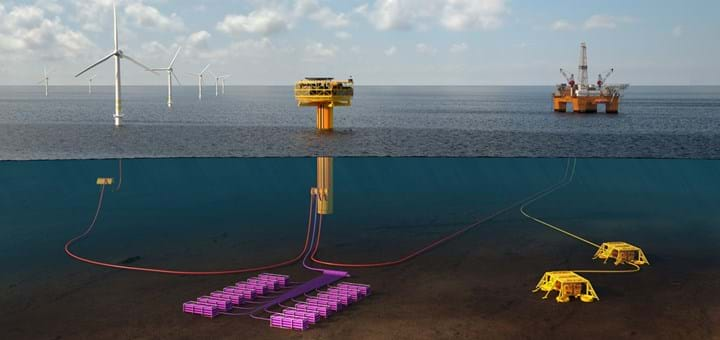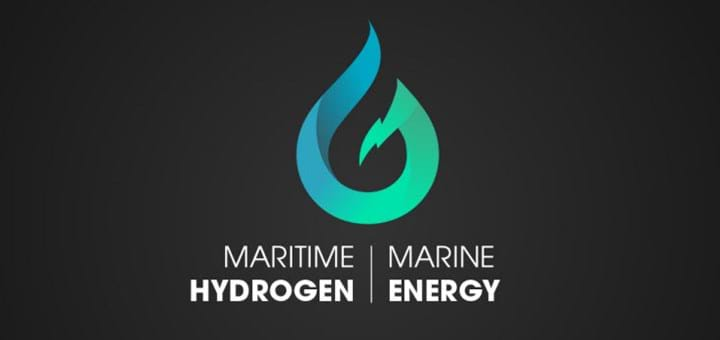People will Pay More for Hydrogen

A new survey shows that more than half of the population in Norway is willing to pay more for zero-emission solutions based on hydrogen. - People's attitude to hydrogen has turned significantly in a positive direction in recent years, says the Marketing Director of SINTEF.
Press release
Hydrogen is an energy carrier that has significant potential to reduce emissions locally, nationally and globally.
It can also create value for Norwegian business and industry. In a recent survey, as many as 56% answer that they are willing to pay more to use hydrogen than alternatives that are not emission-free, such as petroleum and diesel. The Norwegian survey was conducted by Opinion on behalf of 10 clusters and research institutes.
- People's attitude towards hydrogen has turned significantly in a positive direction in recent years, says Marketing Director of SINTEF Steffen Møller-Holst.
He is also chairman of the board of the Norwegian Hydrogen Forum and has worked full time with hydrogen for over 30 years.
- In recent years, we have witnessed that the population to a much greater extent has taken into account that climate change is our common biggest problem. Opinions have changed especially after the Paris Agreement was signed, and it is this severity that is reflected in a willingness to contribute also in the form of paying more, Møller-Holst believes.

Steffen Møller-Holst is Marketing Director in SINTEF and Chairman of the Board of the Norwegian Hydrogen Forum.
Norway Could be World Leading
Well over half of the respondents answer that hydrogen is an important technology for Norway to invest in. 48% believe that Norway has the expertise and technology to become a world leader within hydrogen.
- It is very gratifying to see that this is now finally maturing in the population, says Møller-Holst. The time has come for upscaling of production and implementation of hydrogen technology. We must facilitate measures to ensure that Norwegian players take market shares in the emerging international markets.
- Hydrogen is not the goal, hydrogen is the means to achieve emission-free and sustainable energy systems. For Norway, hydrogen will contribute to both increased competitiveness, safe jobs and that we reach the climate goals, Møller-Holst emphasises.
Read what TU Energy wrote in their interview with Knut Linneberg from H2Cluster about the survey.
The Key to Climate Goals
Although many are willing to pay more of their income for zero-emission fuels, the results of the survey also indicate that the authorities must play a key role.
66% of the respondents believe that the authorities must support zero-emission technology in order to achieve the climate goals.
- This is a clear signal of broad support in the population for the public sector to use funds to ensure that hydrogen is also used. We also experience that the public funding scheme now facilitates even better support schemes. The conditions have never been better for success, says Møller-Holst.
There is great excitement connected to the government's further work in the hydrogen area:
- The roadmap for hydrogen that the Norwegian government has announced will be very important, as it will point out the direction, concretize the investment and reveal what Norway can get out of hydrogen in terms of value creation. We have high expectations for this roadmap, in the industry, among R&D actors as well as in industrial clusters. We look forward to actively contributing with shaping the content of the roadmap. There are many great ideas and initiatives out there. Now it's all about «adding flesh on the bone» and getting the best projects realised, Møller-Holst concludes.
Do you want to see the results of the survey in its entirety? Or do you have questions? Please contact us.
Contact Information
Kjersti Boge Christensen
Communication Manager

About the Survey
- The survey was performed in week 44
- Number of respondents: 1000 persons (evenly geographically distributed in Norway)
- Target group for the survey: 18 years and older.
- The survey was executed by Opinion on assignment from:
- H2Cluster
- Arena Ocean Hyway Cluster
- NCE Maritime, CleanTech
- Renergy
- Norsk hydrogenforum
- GCE Ocean Technology
- Industrial Green Tech – in collaboration with Transportøkonomisk Institutt and NORCE.

Shades of Hydrogen
- Gray hydrogen: Approximately 96% of all hydrogen we produce today is so-called gray and is extracted from coal, oil or natural gas.
- Green hydrogen: About 4% of the hydrogen we use today is so-called green hydrogen. It is made from electricity and then preferably renewable energy.
- Blue hydrogen: Blue hydrogen production, like gray hydrogen, is based on the use of coal, oil or natural gas, but around 95% of the CO2 from the production process is separated and stored. In this way, blue hydrogen contributes to modest CO2 emissions.
- Turquoise hydrogen: Turquoise hydrogen is a relatively new concept. Instead of separating the carbon in natural gas as CO2, the natural gas is pyrolyzed so that the carbon becomes a solid. The solid is called "carbon black" and is an ingredient that can be used in industrial processes.






